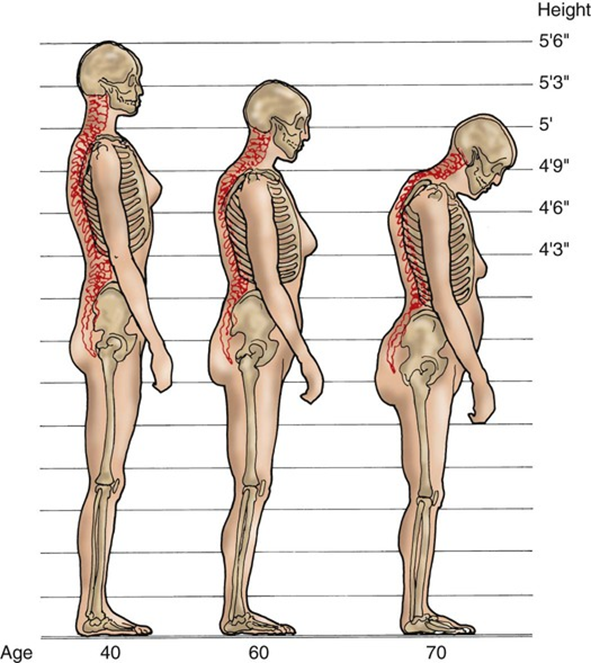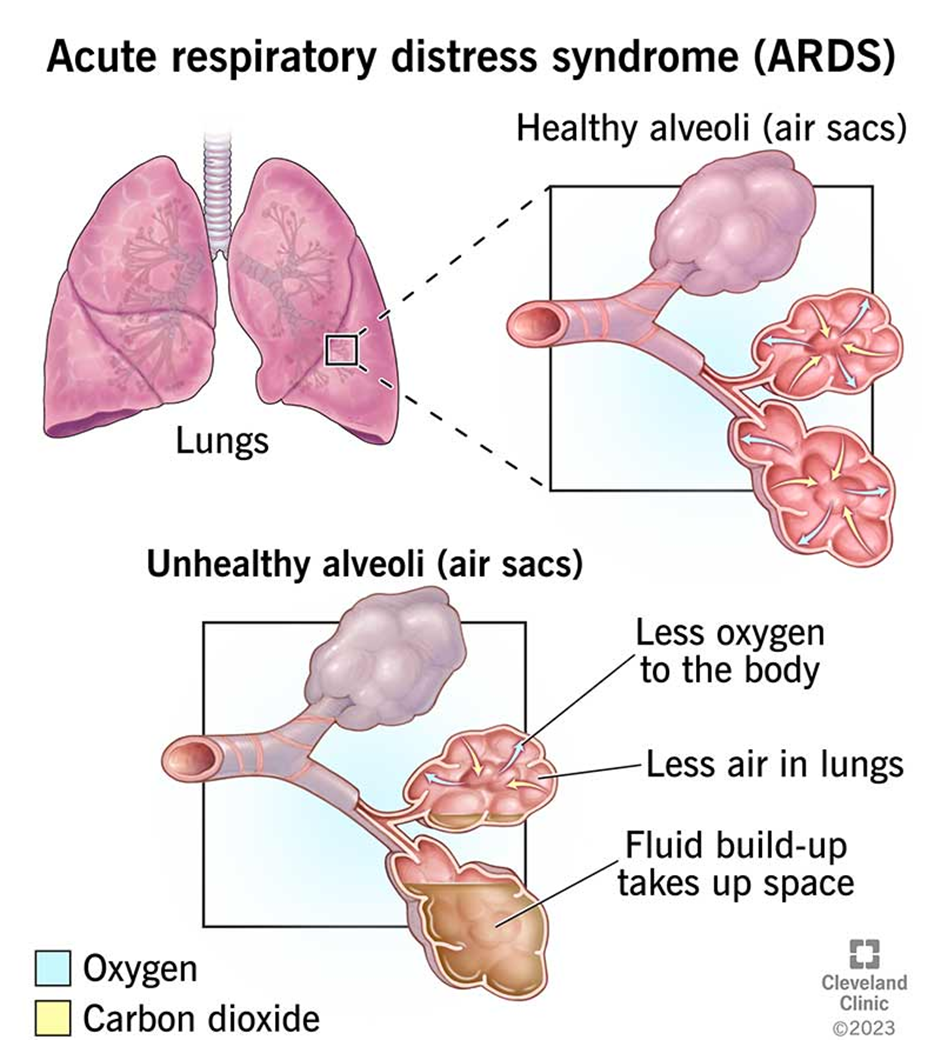A nurse on a pediatric unit is reviewing her client assignment following the shift report. Which of the following clients should the nurse plan to assess first?
An infant who has pertussis and is receiving oxygen via nasal cannula.
A school-age child who has diabetes mellitus and requires blood glucose monitoring.
An adolescent who was admitted to the unit in sickle cell crisis and is ready for discharge instructions.
A toddler who has both arms in casts and needs to be fed his breakfast.
The Correct Answer is A
Choice A reason: An infant who has pertussis and is receiving oxygen via nasal cannula:
Pertussis, also known as whooping cough, is a highly contagious respiratory disease that can be particularly severe in infants. The fact that the infant is receiving oxygen indicates respiratory distress, which is a critical condition requiring immediate attention. Infants with pertussis are at high risk for complications such as pneumonia, apnea, and respiratory failure. Therefore, this patient should be assessed first to ensure their airway and breathing are adequately supported.
Choice B reason: A school-age child who has diabetes mellitus and requires blood glucose monitoring:
While it is important to monitor blood glucose levels in children with diabetes mellitus to prevent hypo- or hyperglycemia, this condition is generally more stable and manageable compared to the acute respiratory distress seen in the infant with pertussis. Blood glucose monitoring can be scheduled and managed, making it a lower priority in this context.
Choice C reason: An adolescent who was admitted to the unit in sickle cell crisis and is ready for discharge instructions:
Sickle cell crisis can be extremely painful and requires careful management. However, if the adolescent is ready for discharge, it indicates that their condition has stabilized. Providing discharge instructions is important but can be deferred until more critical patients are assessed.
Choice D reason: A toddler who has both arms in casts and needs to be fed his breakfast:
While this toddler requires assistance with feeding due to their casts, this situation does not pose an immediate threat to their health. Feeding can be managed after ensuring that more critical patients, such as the infant with pertussis, are stable.
Free Nursing Test Bank
- Free Pharmacology Quiz 1
- Free Medical-Surgical Quiz 2
- Free Fundamentals Quiz 3
- Free Maternal-Newborn Quiz 4
- Free Anatomy and Physiology Quiz 5
- Free Obstetrics and Pediatrics Quiz 6
- Free Fluid and Electrolytes Quiz 7
- Free Community Health Quiz 8
- Free Promoting Health across the Lifespan Quiz 9
- Free Multidimensional Care Quiz 10
View Related questions
Correct Answer is C
Explanation
Choice A reason: Reduced chest width:
Aging does not typically result in a reduced chest width. Instead, changes in posture and the curvature of the spine can make the chest appear less prominent. The primary musculoskeletal changes with aging involve bone density, muscle mass, and joint flexibility.
Choice B reason: Increased force of isometric contraction:
This is incorrect. Aging is associated with a decrease in muscle strength and mass, not an increase. The force of muscle contractions generally diminishes with age due to the loss of muscle fibers and changes in muscle composition.
Choice C reason: Decreased muscle mass:
This is correct. One of the most significant age-related musculoskeletal changes is sarcopenia, which is the loss of muscle mass and strength. This process begins around the age of 30 and accelerates with age, leading to decreased physical strength and increased risk of falls and fractures.
Choice D reason: Thickened vertebral discs:
Aging typically leads to the thinning and dehydration of intervertebral discs, not thickening. This can result in a reduction in height and increased susceptibility to spinal issues such as herniated discs and spinal stenosis.

Correct Answer is B
Explanation
Choice A: Induce Sedation
Pancuronium is not used to induce sedation. It is a neuromuscular blocking agent (NMBA) that causes paralysis of skeletal muscles. Sedation is typically achieved using medications such as benzodiazepines or propofol, which act on the central nervous system to produce a calming effect.
Choice B: Suppress Respiratory Effort
Pancuronium is used to suppress respiratory effort in patients with ARDS who require mechanical ventilation. By causing muscle paralysis, pancuronium helps to synchronize the patient’s breathing with the ventilator, reducing the risk of ventilator-induced lung injury and improving oxygenation. This is particularly important in severe cases of ARDS where patient-ventilator dyssynchrony can be detrimental.
Choice C: Decrease Chest Wall Compliance
Decreasing chest wall compliance is not a purpose of pancuronium. In fact, pancuronium does not directly affect chest wall compliance. Instead, it works by blocking the transmission of nerve impulses to the muscles, leading to muscle relaxation and paralysis.
Choice D: Decrease Respiratory Secretions
Pancuronium does not decrease respiratory secretions. Medications such as anticholinergics (e.g., atropine) are used to reduce secretions. Pancuronium’s primary role is to facilitate mechanical ventilation by ensuring complete muscle relaxation.

